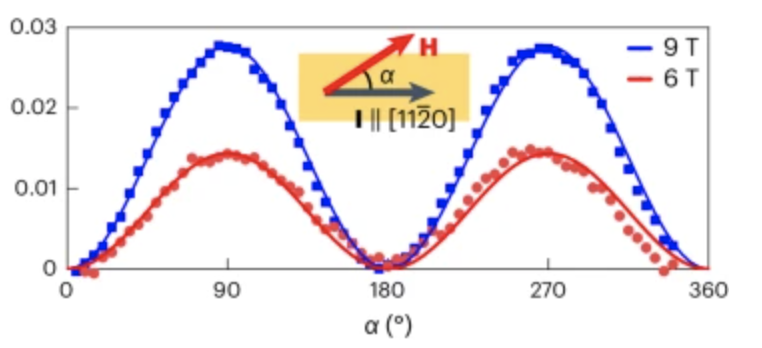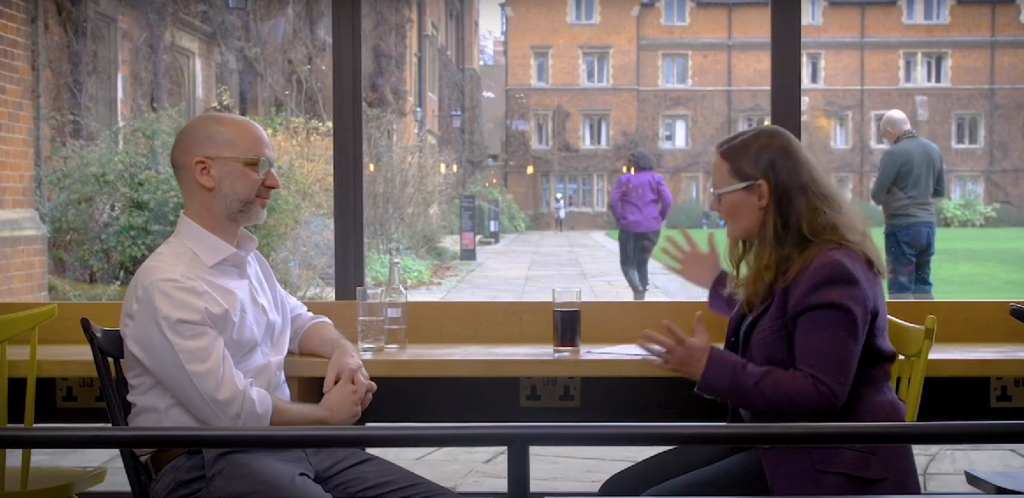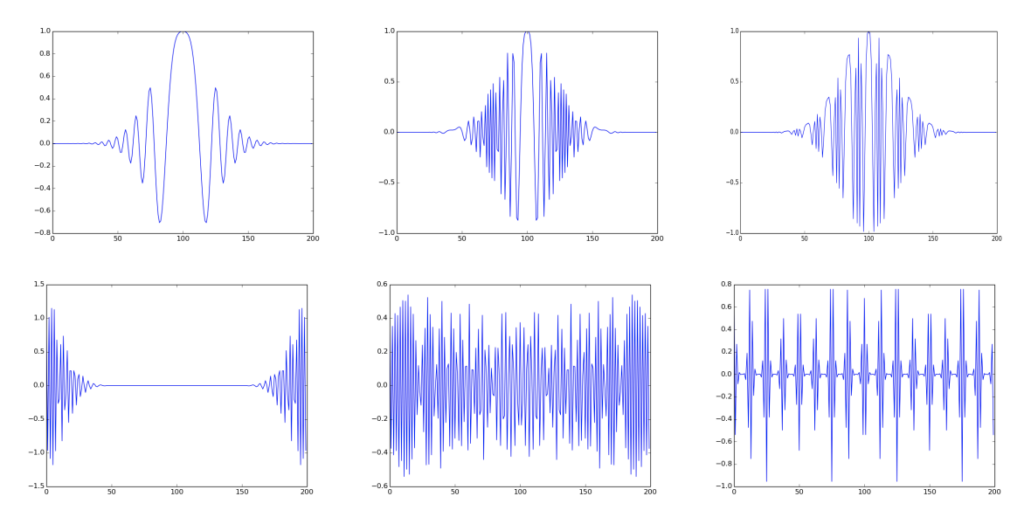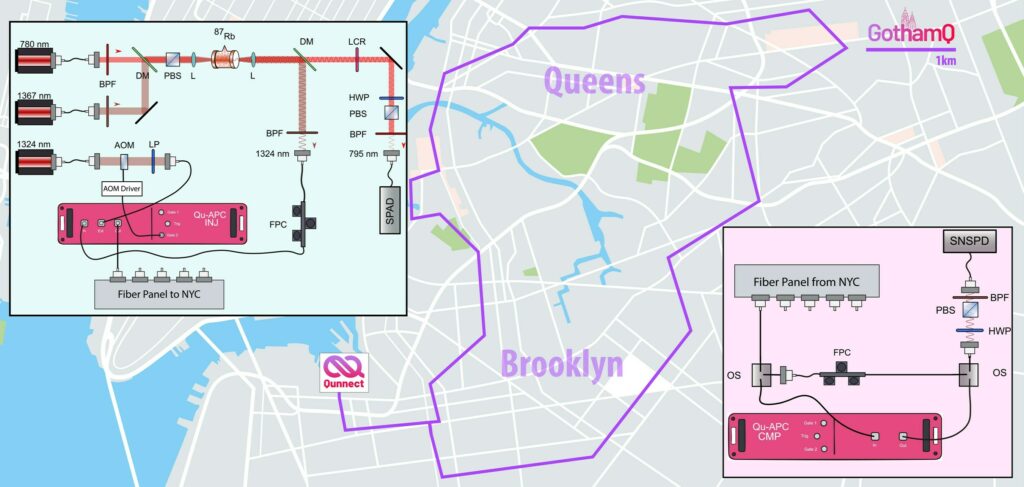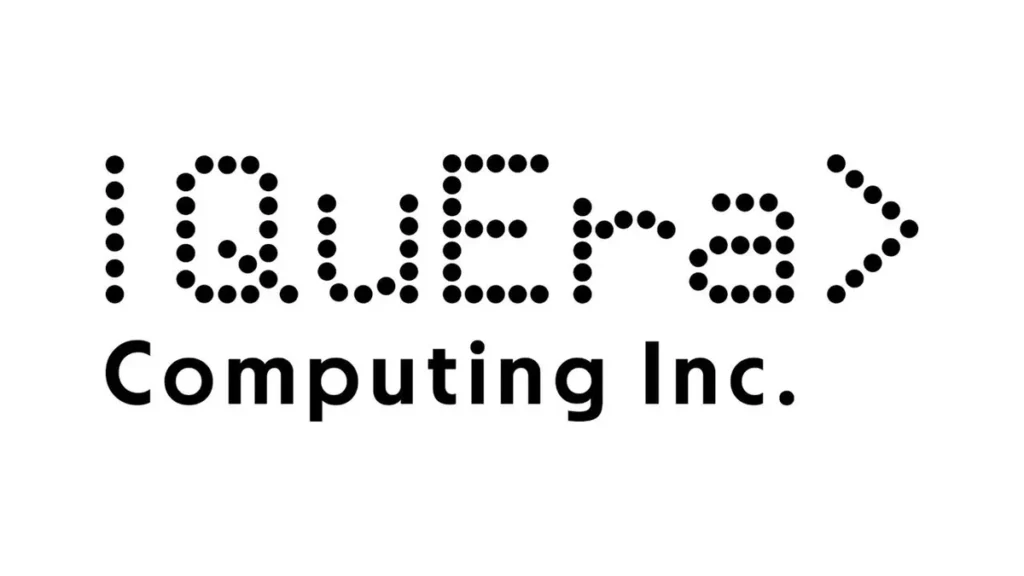
Absence of Electrons
Researchers at the Institute of Science and Technology Austria (IST Austria), led by Daniel Jirovec from the Katsaros Group at IST Austria in close collaboration with researchers from the L-NESS Inter-university Centre in Como, Italy, have discovered a new type of qubit in a place where there is nothing.
In quantum mechanics, it is possible for scientists to manipulate empty space. This has been proved by the IST Austria team that created a new setup to control the absence of electrons in a solid material. The intention of this experiment is to use these holes as a basis for an operational quantum computer that utilizes reliable qubits.
The study was published in the journal Nature Materials.
The researchers produced the qubit by leveraging the spin of so-called holes. In essence, each hole is simply the absence of an electron in a solid material. Although it may be hard to believe, a “missing negatively charged particle can physically be treated as if it were a positively charged particle”. What is more possible is that it can even move around in the solid when an electron close to it fills the hole. According to IST Austria, the hole described as a positively charged particle is moving forward.
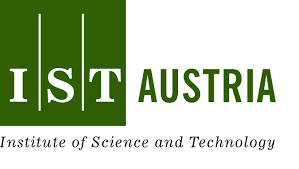
Not only can the said hole transfer the quantum-mechanical property of spin, but it can also interact with others if they become close enough.
Different Mixtures
“Our colleagues at L-NESS layered several different mixtures of silicon and germanium just a few nanometers thick on top of each other. That allows us to confine the holes to the germanium-rich layer in the middle,” said Daniel Jirovec from the Katsaros group at IST Austria. “On top, we added tiny electrical wires — so-called gates — to control the movement of holes by applying voltage to them. The electrically positively charged holes react to the voltage and can be extremely precisely moved around within their layer.”
By employing this nano-scale control, the team was able to move two holes in close proximity to each which generated a qubit out of their interacting spins. To accomplish this they had to apply a magnetic field to the whole setup. This allows the team to not only move holes around but change the qubit’s properties, too.
According to the team, by engineering different hole properties, they could create the qubit out of the two interacting hole spins using less than ten millitesla of magnetic field strength. This is a weak magnetic field compared to other similar qubit setups, which employ at least ten times stronger fields.
“By using our layered germanium setup we can reduce the required magnetic field strength and therefore allow the combination of our qubit with superconductors, usually inhibited by strong magnetic fields,” said Jirovec.
Superconductors — materials with no electrical resistance — support the linking of several qubits due to their quantum-mechanical nature, said the team. This could enable scientists to build new kinds of quantum computers combining semiconductors and superconductors.

In addition to the new technical possibilities, these hole spin qubits look promising because of their processing speed. With up to one hundred million operations per second, as well as their long lifetime of up to 150 microseconds, they seem particularly viable for quantum computing. Usually, there is a tradeoff between these properties, but this new design brings both advantages together.
What the researchers at IST Austria are doing is exciting stuff. We still have a long way to go until quantum computers achieve some of the things we believe they can do like solving tough mathematical problems or creating new materials. Yet, with discoveries like Jirovec and his team’s we are gradually getting to a point where the promises are slowly becoming concrete realizations.
Source: IST Austria
If you found this article to be informative, you can explore more current quantum news here, exclusives, interviews, and podcasts.















